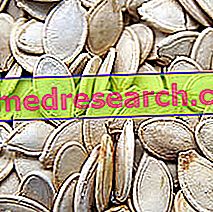periosteum
The periosteum is a membrane of connective tissue of whitish color and variable thickness.

The periosteum allows the growth in bone width, protects it from traumatic insults and sends numerous, small, vessels to the underlying bone.
Near the joints, the periosteum continues with the connective tissue that surrounds and stabilizes the joint.
It can be divided into two layers: one internal, osteogenic, and one external, fibrous.
The innermost layer of the periosteum, richly vascularized, is populated by numerous osteoblastic and osteoprogenitor cells, responsible for the production of bone tissue. These cells, working at a more or less intense pace at various stages of life, participate:
to growth
to remodeling
and repair of bone fractures.
Therefore, the innermost layer of the periosteum is known as Ollier's osteogenic layer.
The outermost layer is also characterized by numerous vessels, some of which cross the deep layer, penetrating the Volkmann canals, from which they can reach the Havers canals.
With its outermost layer, the periosteum anchors itself to the underlying bone tissue through thick, fibrous collagen bundles, called Sharpey perforating fibers, and by means of blood vessels that are transmitted to the underlying bone.
endosteum
The endostio is a delicate layer of connective tissue that covers the medullary cavity of the diaphysis in long bones (containing the bone marrow, which produces the corpuscular elements of the blood); it is composed of a single layer of osteoprogenitor cells and has the same characteristics as the periosteum, with respect to which it is however thinner.
The endostio is therefore responsible for nourishing and supplying new bone cells.



